Have you ever exfoliated your skin using a Loofah? If so, have you thought about where does it come from? If you think that Luffa are made of sea sponge or dried coral, you are not alone, but you are wrong!
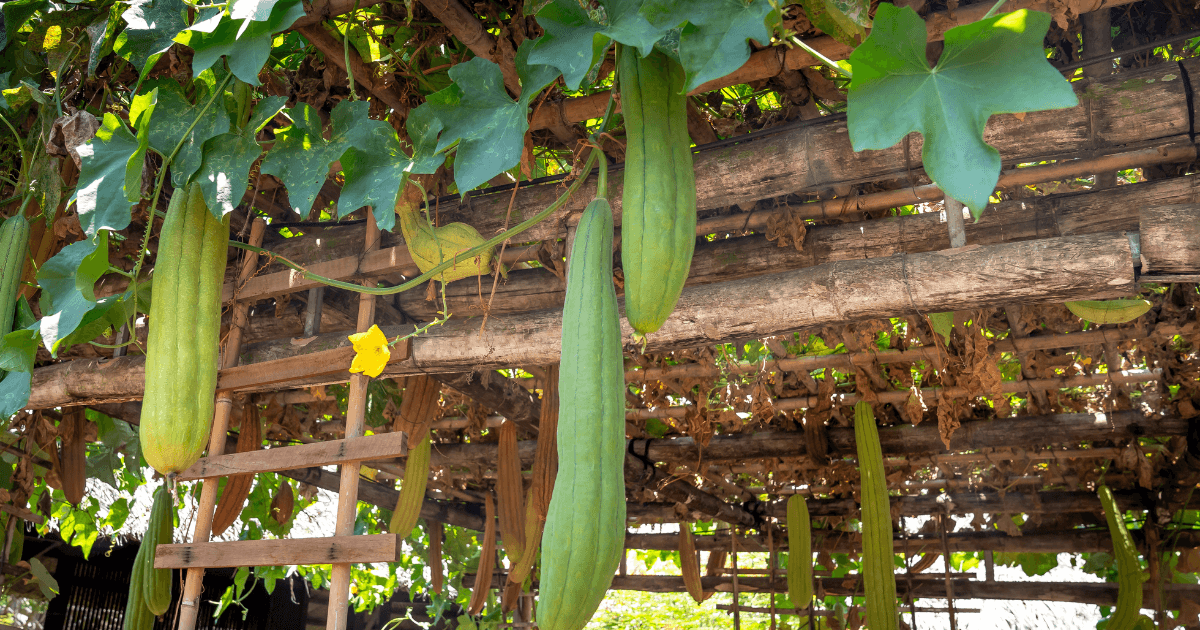
Loofah sponges come from the Luffa plant. After the plant blooms, its flowers start resembling a gourd-like plant, e.g., a cucumber or a zucchini.
The gourds are harvested and dried for up to 6 months. Then, the dried gourds are soaked in water, peeled, and the seeds are removed. Once completely dry, the sponges are ready!
However, sponges are not the only thing which can be made using it. So, this blog will look at Luffa’s history, types, uses, health benefits and much more. Let us get started!
History and Origin of Luffa
The exact origin of Luffa is unknown, but the plant is native to Asia. It grows naturally in areas of India, Philippines, and Myanmar.
The commercial growth of it, also known as the sponge gourd, began in Japan in 1980. Later, it was brought to American tropics.
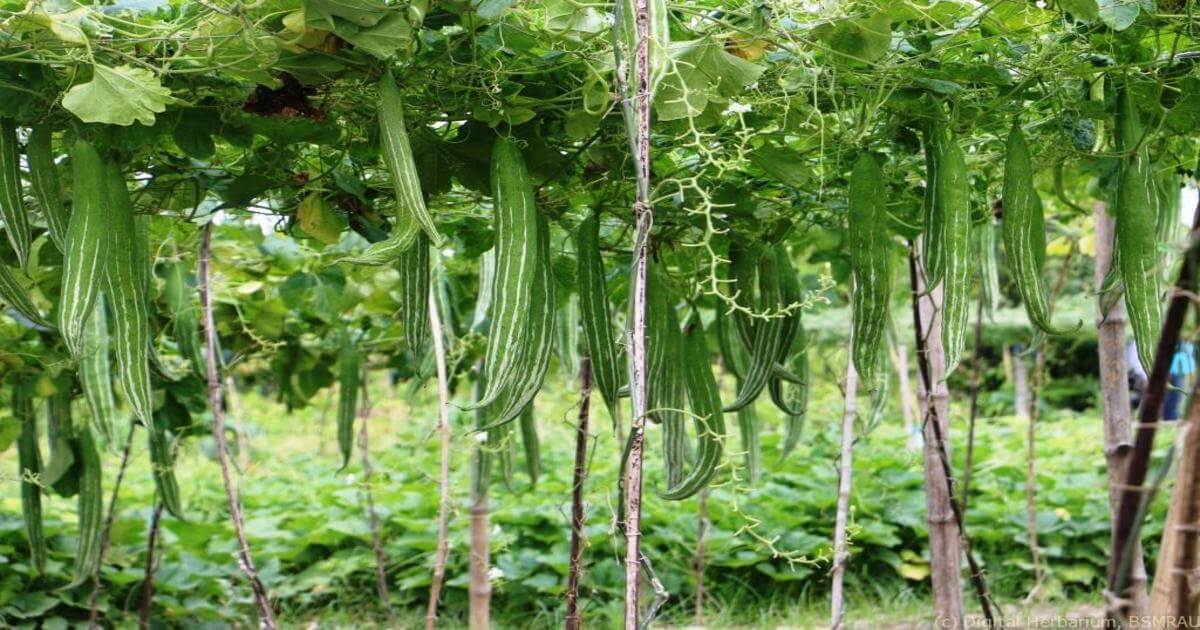
Today, the vegetable is found in many tropical and subtropical regions globally, including Africa, South, and Central America. Moreover, it is being grown throughout Asia, especially in Japan and China.
Types of Luffa
The two most common types of Luffa are as follows:
- Ridge gourd: This is the most cultivated variety of Luffa. Its surface is covered with ridges, which run along its length.
- Smooth Luffa: It is larger and cylindrical with a thicker base than the ridge gourd. Its skin is soft like the skin of a cucumber.
When the Luffa fruit is immature, the interior of both its types contains soft seeds and crunchy flesh. As it grows, its size increases and a network of fiber tissues are developed. Moreover, the seeds become hard and inedible.
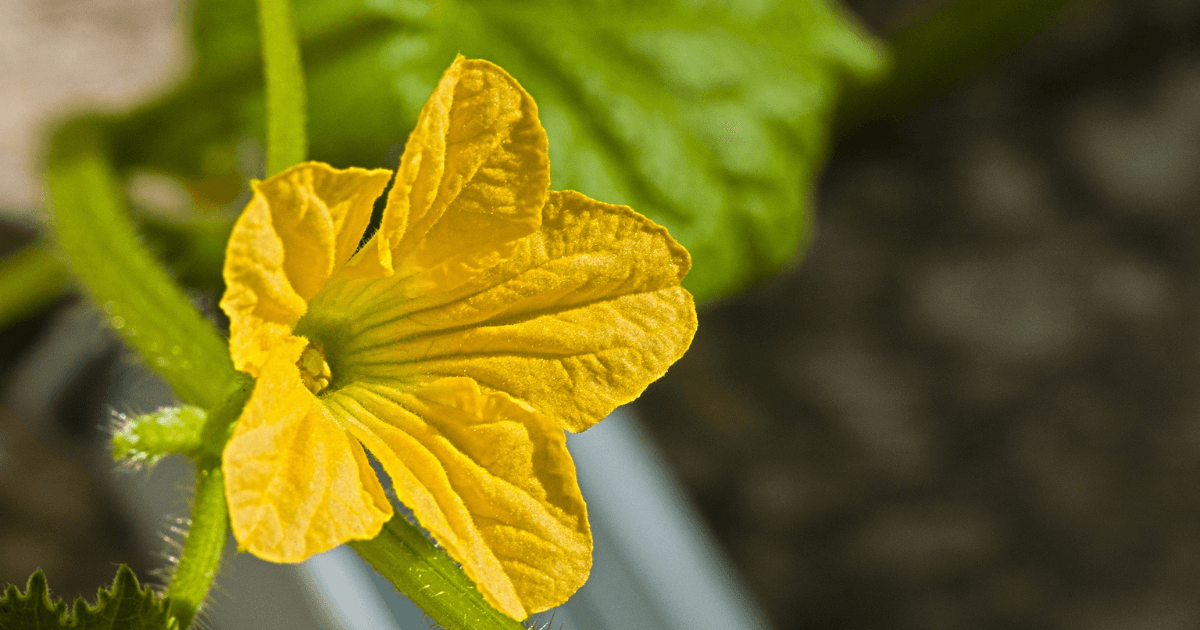
Lufa Uses:
The Luffa fruits and leaves can be cooked as vegetables or can be eaten fresh or dried. Once the fruit is mature, it becomes fibrous, and this fiber is used as a sponge or a scrubber.
Its fiber is also used to brush clothes in Central Africa. Additionally, it is used to make hats, gloves, mats, etc. Interestingly, the fiber has sound and shock absorbing properties, making it suitable to be used in helmets and armored vehicles.
The Nutrients Contained in Luffa:
Sponge gourd contains several vitamins, minerals, antioxidants, nutrients, and lipids. Given below is a list of the major nutrients found in it:
- Vitamin A
- Vitamin C
- Vitamin B1
- Vitamin B2
- Vitamin B5
- Vitamin B6
- Vitamin B9
- Carbohydrates
- Manganese
- Potassium
- Copper
- Total dietary fiber
- Magnesium
- Iron
- Phosphorus
Health Benefits of the Sponge Gourd:
All parts of the Luffa plant contain some medicinal properties. So, let us look at the health benefits offered by this unique plant:
Prevents Eye Ailments
Vitamin A helps fight the macular degeneration that leads to blindness. According to a National Eye Institute study, those who took Vitamin C, Vitamin A, Vitamin E, zinc, and copper were less prone to macular degeneration.
Since it is is rich in most of these nutrients, you should make it a part of your diet to reduce eye ailments.
Guards Against Diabetes
Manganese plays a vital role in the production of digestive enzymes responsible for a process called gluconeogenesis.
As per a research conducted by the Department of Internal Medicine and Biochemistry, the glucose tolerance of the mice who consumed manganese improved in 12 weeks.
The manganese also promoted the secretion of insulin and reduced the lipid peroxidation. As Luffa contains manganese, you should start thinking about including it in your diet.
Luffa Prevents Muscle Pain
Luffa contains potassium which relaxes the muscles and balances the fluid levels in the body. So, if you are trying to get rid of muscle cramps and spasms, you better eat it.
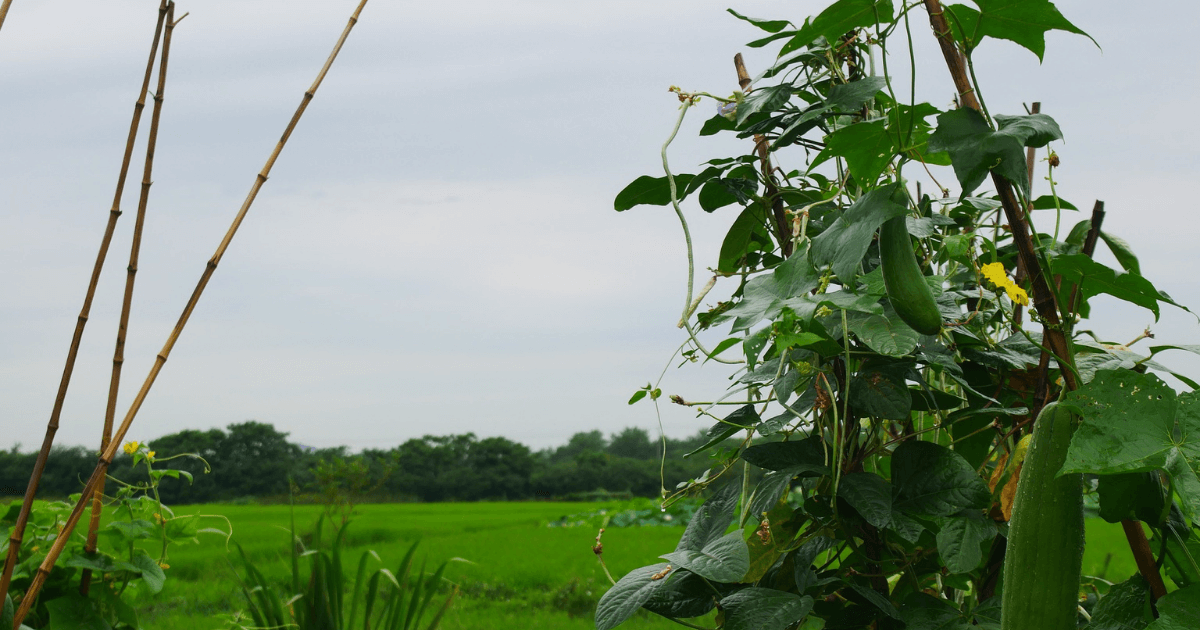
Offers Cardiovascular Benefits
A 900 mg dosage of Vitamin B5 helps reduce bad cholesterol and triglycerides. As a result, the chances of cardiovascular diseases are also lowered.
Note: It is recommended to consult a health professional about the dosage.
Reduces Arthritis
Sponge gourd contains copper which has anti-inflammatory properties. Therefore, it may help soothe pain and stiffness related to arthritis.
Fun fact: People with arthritis wear copper bands/bracelets as copper is believed to reduce the disease’s painful symptoms.
Treats Anemia
Vitamin B6, which is found in Luffa, is essential to produce hemoglobin in the blood. Hemoglobin transports the oxygen to the cells and mobilizes iron.
Anemia occurs due to the lack of red blood cells, and the consumption of Vitamin B6 can reduce its symptoms.
Improves Skin Health
Vitamin C is essential to produce proteins to form tendons, blood vessels, and ligaments. It also helps in the healing process of wounds and the formation of the scar tissue.
Therefore, if you are trying to get rid of dry and wrinkly skin, add it to your diet.
Aids the Brain Functioning
Iron is essential for the proper functioning of the brain. Otherwise, the brain will not receive an adequate amount of oxygen, leading to restlessness, irritation, and inattentiveness.
Reduces Migraines
Magnesium aids in balancing the neurotransmitters. According to a study, a 300 mg dosage of magnesium lowers the recurrence of migraines. You better befriend Luffa since it contains magnesium!
The Importance of Luffa in Ghana:
Commonly named as Vegetable Sponge, Luffa is a vital vegetable in Ghana. It is not only grown there but is used in cooking as well. Additionally, it is used to filter water and palm wine.
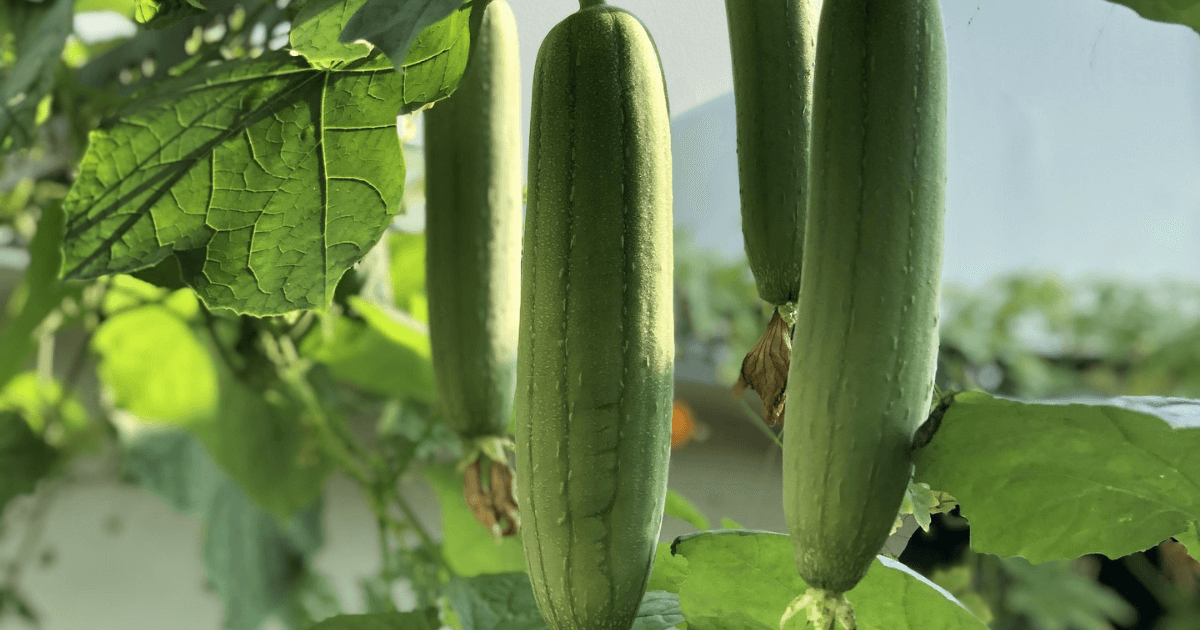
Some Delicious Ways to Use Luffa in Cooking:
Apart from making Luffa soup, there is much more you can do to add a different flavor to your food through it. The following list gives you some yummy recipe ideas:
- Stir fry Luffa with egg (a Chinese recipe)
- Luffa curry
- Pumpkin and Luffa mix vegetables
- Stuffed Ridge Gourd
- Ridge Gourd chutney
- Ridge Gourd with Chana Dal
- Its can be added to a salad
- Luffa soup
Don’t these recipes sound delicious? Try one at home and treat your tastebuds!
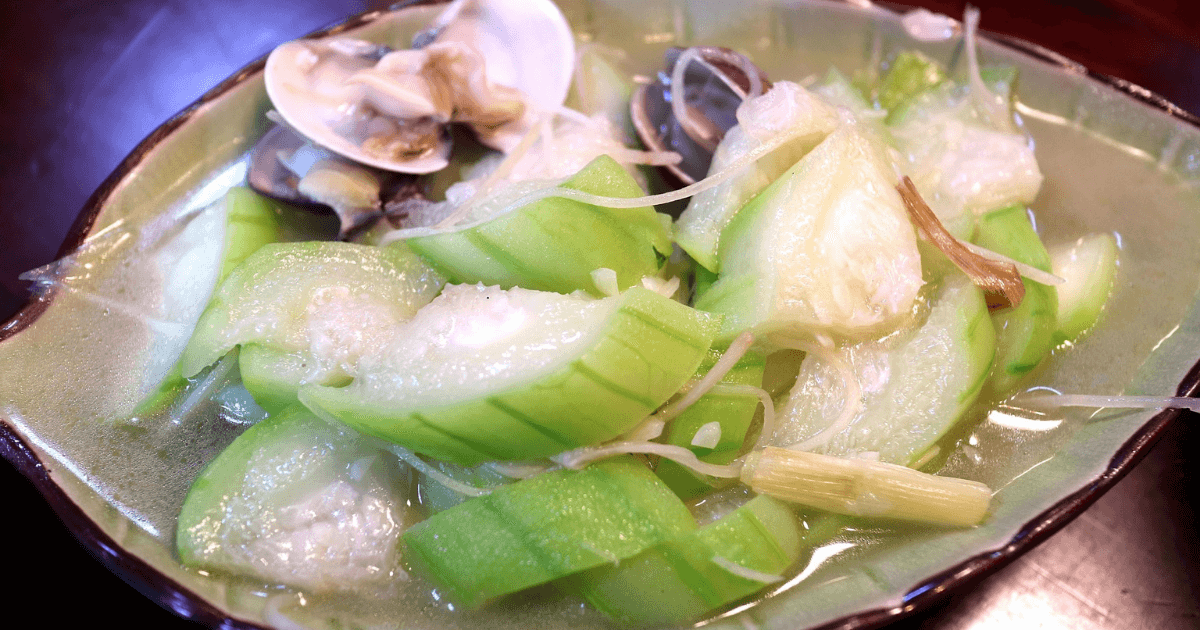
Side Effects and Safety:
Luffa is said to be safe when taken by mouth in food amounts. However, the current information related to the consumption of medicines containing Luffa is not enough. As a result, its effectiveness and side effects cannot be fully determined.
As far as the skin is concerned, it is safe to apply Luffa directly to the skin as a sponge. Moreover, the consumption of Sponge Gourd in food amounts is safe for both pregnant and breastfeeding women.
Nonetheless, always consult a health expert to inquire about the dosage and avoid health complications.
Some Frequently Asked Questions:
How to grow Luffa?
Luffa is a vining plant closely related to the family of cucumbers, melons, and squash. You will need quite some space to grow the plant as its vines can reach up to 20 feet in length.
It is a fast grower, so ensure well-built support for the plant. Sow the seeds in an organic matter and place the plant where it can receive the sunlight for a minimum of 6 hours per day.
The most suitable time to plant the seeds is mid-May or mid-April. Luffa takes around 90 to 100 days for reaching maturity. Once the gourds’ skin is dry, you can easily pick them. You see, growing a Luffa is not that hard!
Can I use Luffa to make soup?
Absolutely! Luffa is a star ingredient of the soups made in different parts of the world. You can make a Luffa soup with shrimp, or you can go for a Luffa tomato soup.
Similarly, Chinese Luffa shrimp soup is quite a famous soup recipe in China. Try your hands on one of these and feel warm!
Selection and storage of Luffa?
Ridge gourd is available all around the season in the tropics. Go for immature, green, and fresh Luffa in the local farmers market.
As fresh It does not last long, store it in the refrigerator and try to use it within two to three days of purchase.
The Bottom Line:
Luffa is a vining plant which belongs to the cucumber family. It is grown in the tropical and subtropical regions all around the world. Moreover, it is used to make bath sponges, mats, hats, and much more. Researches suggest that Luffa is also beneficial in therapies.
Sponge gourd is rich in nutrients, minerals, and vitamins. Since it offers impressive health benefits, it is used in cooking and medicines throughout the world. Nevertheless, Luffa must be consumed in food amounts to avoid health complications.
Healthy eating!
Read about: How to Make Tomato Soup With Meat

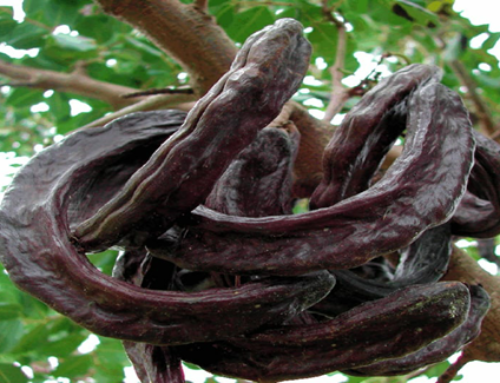
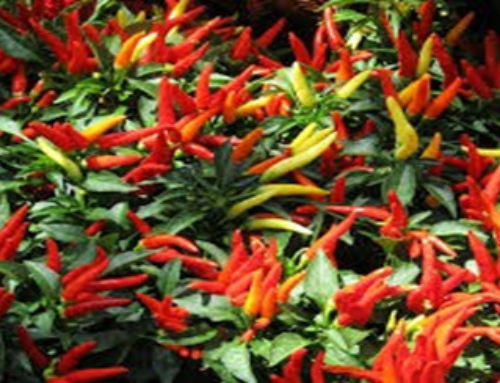
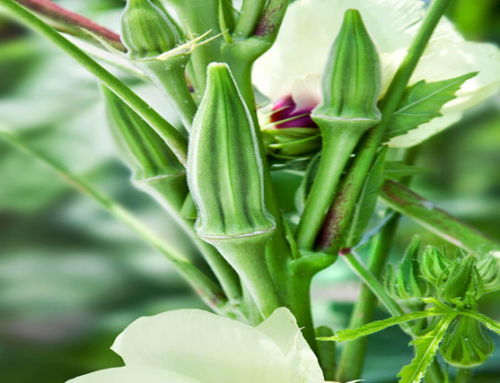
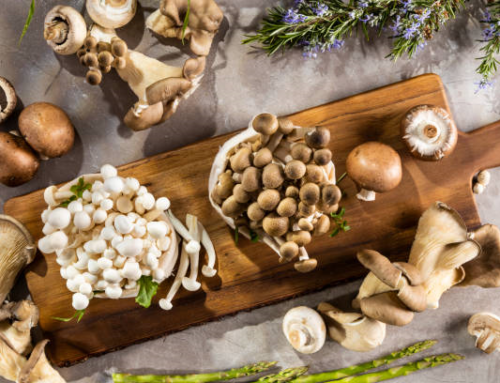
Thanks a bunch